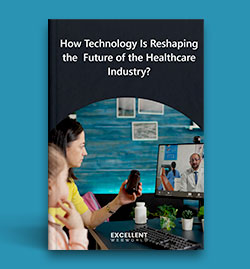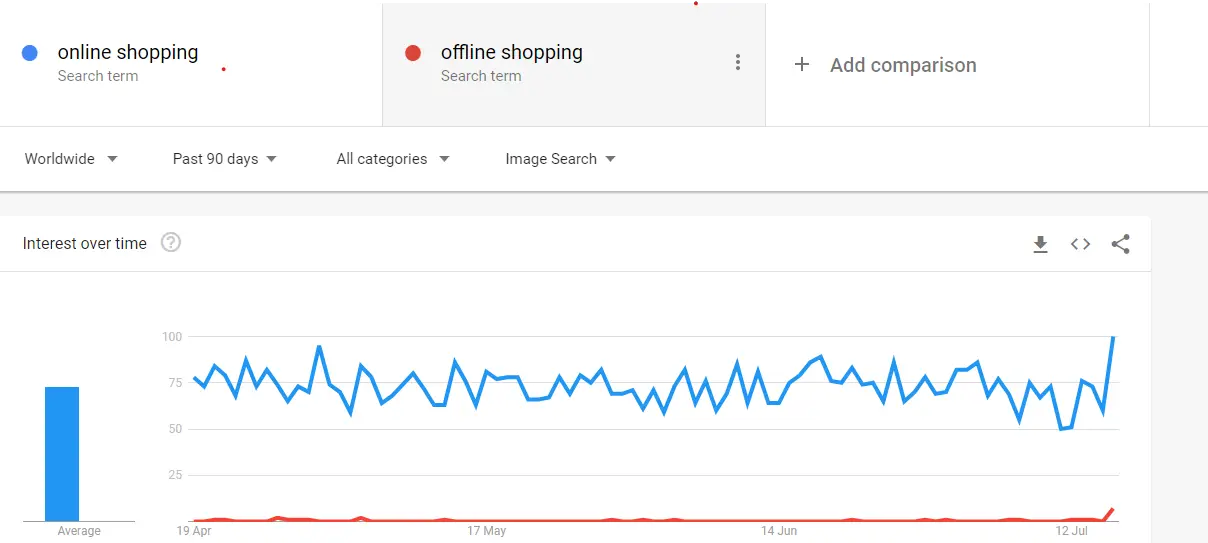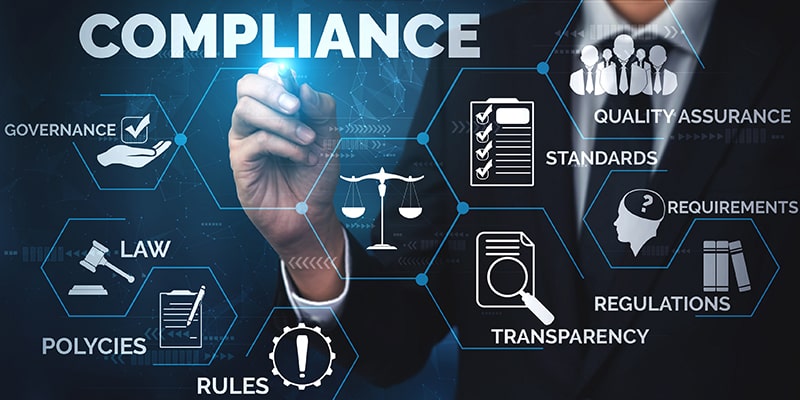“The use of medical device development is opening new frontiers across the healthcare industry.”
Have you ever wondered what innovative development a medical industry can implement?
Since the onset of COVID-19, societal changes have occurred in embracing healthcare remotely. However, with the evolving Internet of Things, and Online Connecting Tools have rapidly changed medical practice.
Although remote healthcare is growing, it demands increased medical device software development for quick and efficient care and convenience for doctors and their patients.
By now, many healthcare businesses have incorporated data automation into billing and EHR systems using medical device design services.
A medical device design adds value to the end-user in terms of quick and remote access. In addition, it needs to be aligned with medical regulations and specifications to meet the requirements that suit the best.
Hence, it seeks a comprehensive approach to medical product design. The development process requires precision at every stage, from conceptualization to compliance, design, testing, and marketing of the medical product.
Adding to your knowledge, the global product design and development market size is estimated to reach 18.6 Bn USD by 2028, with a CAGR of 11.6%.
Let us now understand in-depth why medical device development is important, how to design, and what development trends 2022 has in store.
Why is Medical Device Product Development Important?
Medical device design and development is more than just ideation, prototype development, and mass manufacturing, it also includes compliance and regulations that each product needs to benefit the entire market.
The fundamental concept of developing a medical product is to prevent, diagnose, treat illness and disease safely and effectively. The medical device product development life cycle involves the manufacturing of medical devices, regulation, planning, and management are complex but essential to guarantee the quality and compatibility of each device.
With the varied options available regarding increasing technology, it is necessary to guarantee high-quality, safe, and effective models to restrict unsafe clinical, regulatory processes.
A medical product takes years of extensive research and development before its launch. Strict regulation processes, testing, and experiments will recognize the need for today’s trends.
However, medical device development companies have set out the latest trends to anticipate the need for today’s medical products.
Trends of Medical Device Development
Let’s study each of them in detail.
IoT- Internet of Things
IoT is gradually entering the world of the medical industry. It appears that small medical device design firms are finding it challenging to identify the potential of implementing smart devices.
Large-scale companies have already introduced IoT-enabled medical devices that have become the sole leaders in the market.
For example, wheelchairs, nebulizers, oxygen pumps, and monitoring equipment are designed with IoT sensors that help track the patients’ real-time location proactively.
Our research says that Goldman Sachs estimates IoT digital market revenue in the healthcare industry to increase more than $135 billion in the next three years.
Security challenges must be addressed to make the most of IoT medical devices. The data collected by the devices qualify under HIPAA regulations, and IoT software development secures any unmonitored devices to protect against attacks.
Telemedicine Solutions
Telemedicine app development companies watch out for the industry’s trends to keep up with consumer demands. Medical device manufacturers should combine the ideas with current digital transformation and shift to remote care.
Remote patient care includes telehealth, telemedicine, and mHealth. This has become a successful way of treating patients after Covid swept the globe.
With technology miniaturization, cloud services, data management, security, and remote healthcare, patients can benefit faster and get access to healthcare services.
Medical device design consultancy is jumping on the rising telehealth trend. There are multiple benefits of telehealth solutions to both patients and healthcare providers.
| Remote Healthcare Benefits to Patients | Remote Healthcare Benefits to Healthcare Providers |
|---|---|
| Easy Access | Patient Alerts Through Tracking Devices |
| Reduces Travel Costs & Time | Collection of Biometric Data |
| Holistic Care | Frequent Monitoring |
| Better Care for At-Risk Patients |
Big Data & Security
Big data involves gathering the data and analyzing it to conclusions. Analytics provides tools to collect unstructured medical data information.
The volume of medical data will increase exponentially in the coming years. Big-data solutions will monitor the quality of the patient’s medical data and detect the disease earlier to enable better treatment.
For example, if the data shows particular blood hematology that develops colon cancer, it can be identified earlier. The development of medical devices will detect and find ways to see various types of cancer or other cardiological problems.
While this embedded data also offers security with software to share, it also poses possible risks vulnerable to cyber threats. A secure medical device development design will guarantee a secure medical design device lifecycle.
Risk management should be the top priority for any medical device development. Imagine you are using a smartphone for testing sugar, BP, etc. and you find it has been interrupted by unidentified threats. This would result in different diagnostics with wrong values.
you don’t want anyone to interrupt the wireless connection between the device and the phone to give you different diagnostics values. Risk management should be the top priority for any medical device development.

Download Ebook
How Technology Is Reshaping the Future of the Healthcare Industry?
The e-book can be a perfect guide for you to understand a step-by-step process of how various technology works with healthcare.

Smart Wearables
You may find individuals interested in buying smart wearables to track their health and record personal health data for further consultation. The most prominent role pandemic has played is the acceleration of technologies in this sector.
Companies have developed sensors to fit in during medical device development. They are trying to create wearable sensor devices that enable additional clinical monitoring, for example, blood sugar level, blood pressure, etc.
The new wearables are manufactured for daily use and designed as accessories or hidden objects in the cloth. The information gathered from the device can alert if any emergency arises, and the doctors can benefit from staying updated and continuously monitoring the health of their patients.
Now that you are aware of the trends in medical device development let us brief you about the medical device development process.
You May Also Like
- Apps & Software, Industry Insights
- Apps & Software, Tech Tips
Design, Develop and Deliver Your Medical Device – Phases
The exact process of medical device development will differ for every product according to the standards and regulatory requirements of FDA and HIPAA. The medical device product development lifecycle is not easy to implement and has layers of regulations.
Over the years the medical industry has seen the good, the bad, and the ugly. There are several ways to plan the phases of medical device development.
The below image portrays 5 phases of medical device development with factors involved along your journey to the market. Let’s discuss them in detail.
Initiation Opportunity & Risk Analysis
Formulation Concept & Feasibility
Verification & Validation
Product Launch Preparation
Launch & Post Launch Assessments
I think we are now ready to launch the product in the market. With this, we complete the 5 phases of medical device development. If you have made it through all the stages and received a regulatory clearance, your device will not be recognized in the market. There will be continuous feedback and review by the internal systems.
Do you think to reach your goal, its path would be clear and easy?
Certainly not!
The road to success is always tricky and that involves risks to overcome. Let us continue to discuss the same.
Medical Device Development Associated Risks
Product development consists of a workflow and meeting the FDA requirements involves more risk. Managing each risk and the entire portfolio is an essential activity during any medical device development. Let us study the three important risks involved in developing medical devices with the solution to manage them.
Product Level Risk
Project Management Risk
Overall Project Risk
After identifying all the possible risk factors and managing it to prevent any pitfalls, here comes the most important question from the medical companies, how long will it take to develop the device?
How Long Does it Take to Develop a Medical Device?
Medical device development is not an easy process and it may take several months or years to complete the development depending on the complexity of the product. The medical device development timeline includes the entire phases of the development.
The time taken for medical device development from prototype to regulatory FDA approval brings different classes of devices to the market.
– Class 1
These are small devices or equipment that gain quick approval from the FDA. The majority are non-invasive devices self-registered with FDA like electric toothbrushes, oxygen masks, tongue depressors, etc. that are completed within a week’s time.
– Class 2
Class 2 devices are catheters and syringes that involve a little risk and the manufacturer needs to be more careful with safety through substantial comparison to other devices. FDA takes nearly 60 days to approve such devices. Anesthesia devices take the longest to gain approval while toxicology takes the shortest time.
– Class 3
These devices are highly invasive and expose a higher risk to the patients. These include items like cochlear implants, defibrillators, and implanted prostheses. FDA takes a longer time as these go through stringent testing to check the safety and efficacy of the devices. This takes eight months to a year to gain approval from FDA after its development.
Does a Medical Device Need FDA Approval?
All the medical devices that are developed, relabelled, repacked, or imported for sale need some level of FDA approval. Every medical device classified according to the mentioned class, needs FDA approval, the only difference is the approval timeline.
If you want to reduce the time for FDA to approve medical device development, follow the below points that help in the early approval of the device:
Medical Device Development Are you Ready for These Trends?
There’s plenty to look forward to in the medical device development market.
Yes, there will be challenges to navigate but an opportunity on the horizon. These medical device trends are the key to success. Partnering with companies to help you develop smart trends in the early stage of design and development will add the capacity to move faster in the market.
If you are unsure what a partnership can look like, reach out to the medical device development engineer at Excellent Webworld. This healthcare app development company has years of experience and gives you the best way forward to get innovation to healthcare products.
FAQs For Medical Device Development
AI, ML, IoT, Big Data Security, Robotics, Cybersecurity, etc are a few trends of medical devices that have been impressive over a few years. The latest technology trends depict the increase in the investment to fetch digital solutions for better patient treatment. Several trends as mentioned in the article incorporate these technologies for a better experience and amazing results to revolutionize the medical industry.
The medical device industry is growing rapidly and to extend the services more efficiently, healthcare professionals have started implementing new trends like IoT, AI, Robotics, AL/ML, AR/VR in medical devices. Many devices help patients to monitor their health from home and also share the data with doctors.
It’s unimaginable the way the medical device industry is growing every day, every year. It is said that last year the market projected USD 455.34 billion, and it will increase to USD 657.98 billion in the next six years with a CAGR of 5.4%.
The amalgamation of the latest technologies of the digital world with medical devices has changed the entire perspective of how the healthcare industry works today. With the 4th revolution of the manufacturing industry being the IIoT, healthcare has also taken a step ahead to manufacture digital devices that help both doctors and patients.
Source link











Leave a Reply